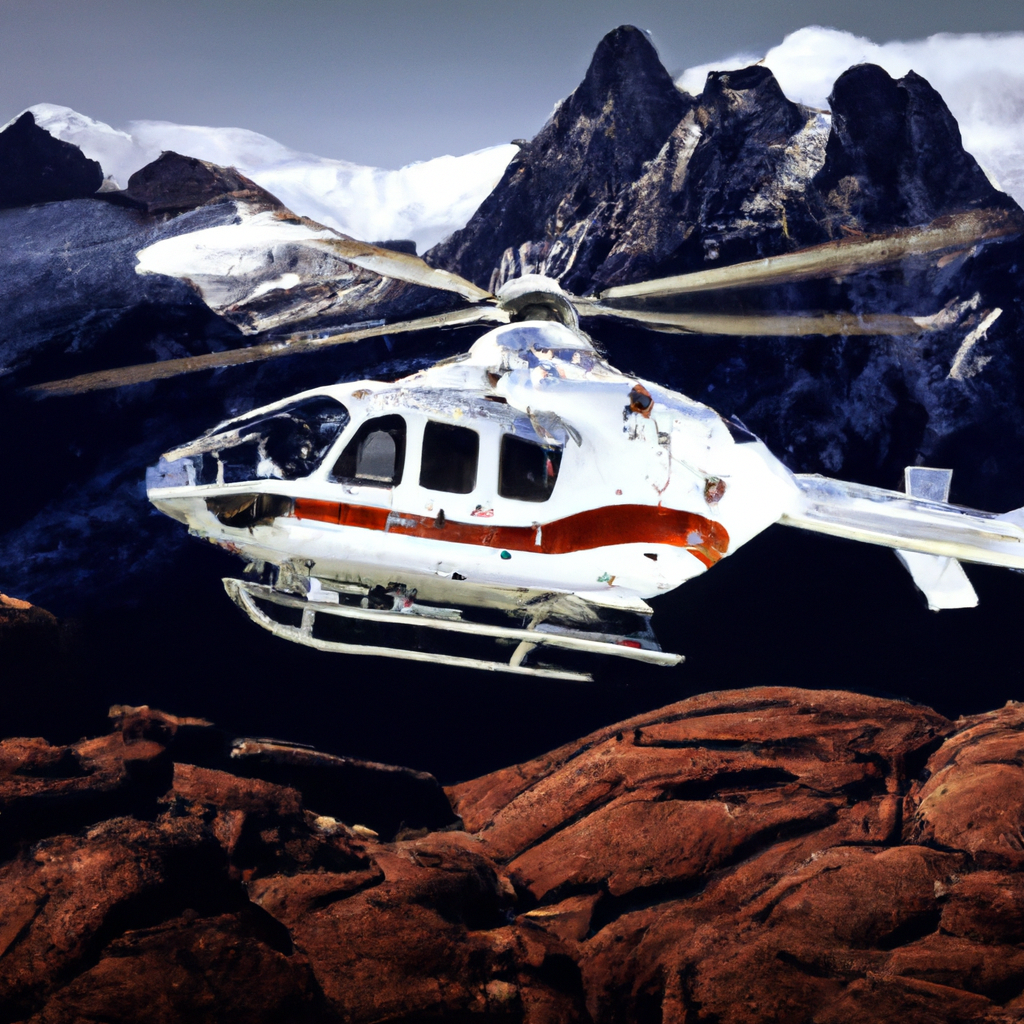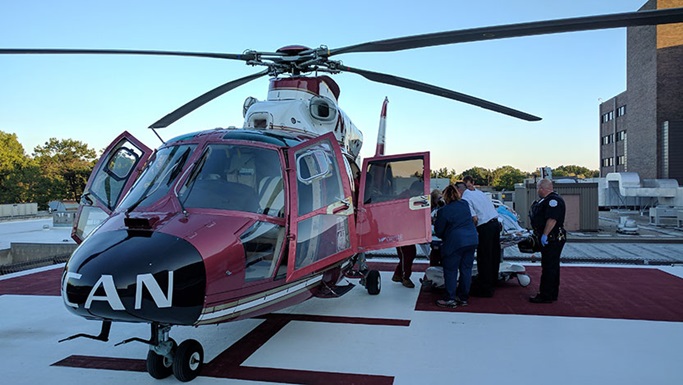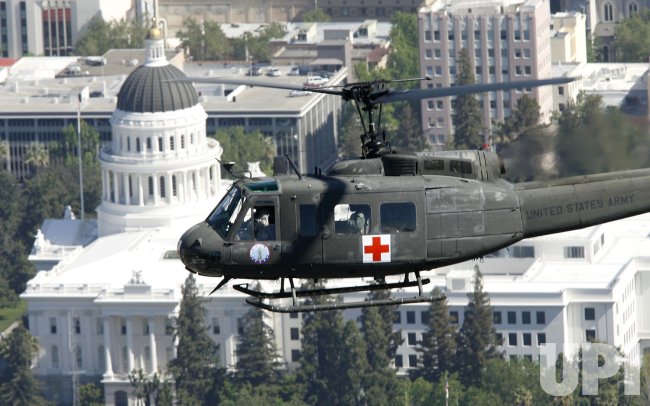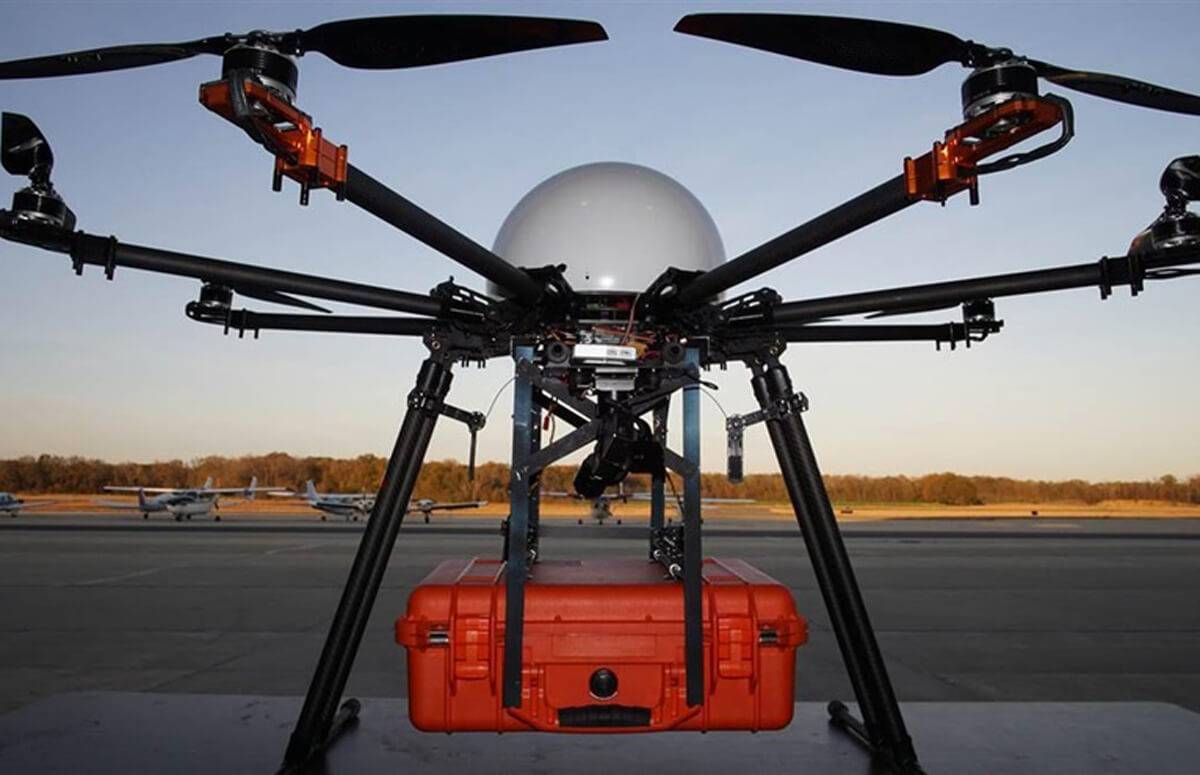So, picture this: You’re in a remote, isolated area – maybe a tiny little village nestled in the mountains or a deserted island in the middle of the ocean. Suddenly, someone falls gravely ill or sustains a serious injury. The closest hospital is too far away to reach by a regular ambulance, and time is of the essence. That’s where remote area air ambulances swoop in to save the day! These specialized aircraft are equipped with all the necessary medical equipment and personnel to provide emergency medical care in the most remote and hard-to-reach locations. In this blog post, we’re going to take a closer look at these incredible flying machines and the life-saving services they provide. So, fasten your seatbelt and get ready for a captivating journey into the world of remote area air ambulances!
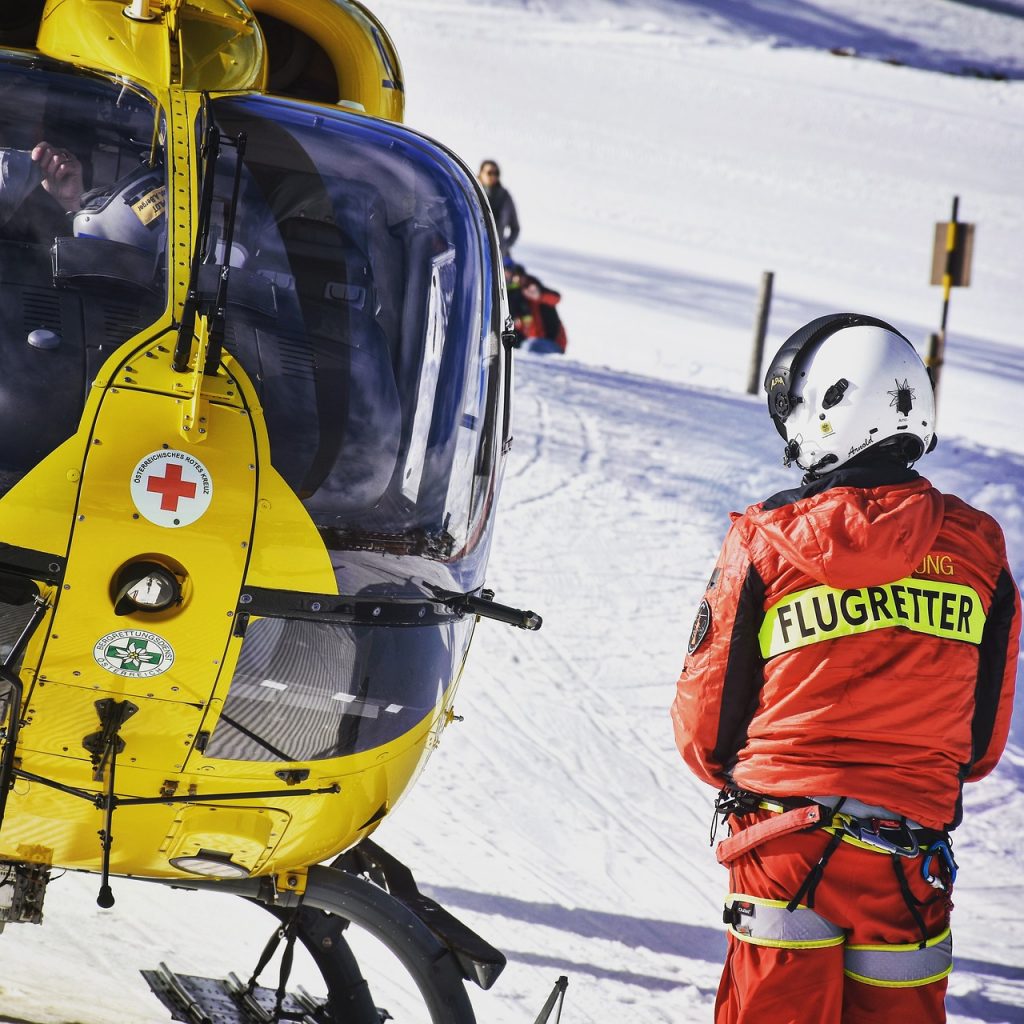
What are Remote Area Air Ambulances?
Definition and Purpose
Remote Area Air Ambulances, also known as air medical services or aeromedical services, are specialized aircraft that provide emergency medical transportation and care to individuals located in remote and inaccessible areas. These areas can include rural communities, mountainous regions, offshore islands, or even disaster zones where conventional ground transportation is difficult or impossible. These air ambulance services play a crucial role in bridging the gap between patients in need and appropriate medical facilities.
Available Services
Remote Area Air Ambulances offer a range of services to ensure that patients receive the necessary care in a timely manner. These services include emergency medical transportation, specialized medical teams, and state-of-the-art medical equipment. Additionally, air ambulance providers may offer services such as inter-hospital transfers, organ transportation, and medical repatriation. The flexibility and adaptability of these services make them an essential component of the healthcare system, especially in remote and underserved areas.
Unique Challenges
Operating in remote areas comes with its own set of challenges. The unpredictable and often harsh weather conditions can affect the ability of air ambulances to reach their destinations safely and efficiently. Difficult terrain, limited landing sites, and the absence of infrastructure can further complicate operations. Moreover, the need for specialized training and expertise in providing medical care during flight adds an extra layer of complexity. Despite these challenges, remote area air ambulances continue to make a significant impact in saving lives and providing essential healthcare services in hard-to-reach areas.
The Importance of Remote Area Air Ambulances
Timely Medical Assistance
In emergency situations, time is often of the essence, and remote area air ambulances play a crucial role in providing timely medical assistance. By significantly reducing travel time, these specialized aircraft can ensure that patients receive the necessary medical care at the earliest possible moment. This timely assistance can be the difference between life and death, especially in cases where immediate medical intervention is required.
Accessing Remote Areas
One of the primary advantages of remote area air ambulances is their ability to access areas that are otherwise difficult or impossible to reach using traditional ground transportation. Whether it is a small island, a remote village, or a disaster-stricken area, air ambulances can quickly and efficiently transport patients to the nearest suitable medical facility. Through their exceptional reach, these services bring healthcare resources to individuals who may have otherwise been isolated from critical care.
Saving Lives in Critical Situations
Remote area air ambulances are instrumental in saving lives during critical situations. Whether it is providing emergency medical care at the scene of an accident or transferring patients requiring specialized care to higher-level hospitals, these services ensure that every effort is made to save lives. With highly trained medical professionals and advanced life support systems on board, air ambulances are equipped to handle a wide range of medical emergencies and provide immediate care until the patient reaches the appropriate medical facility.
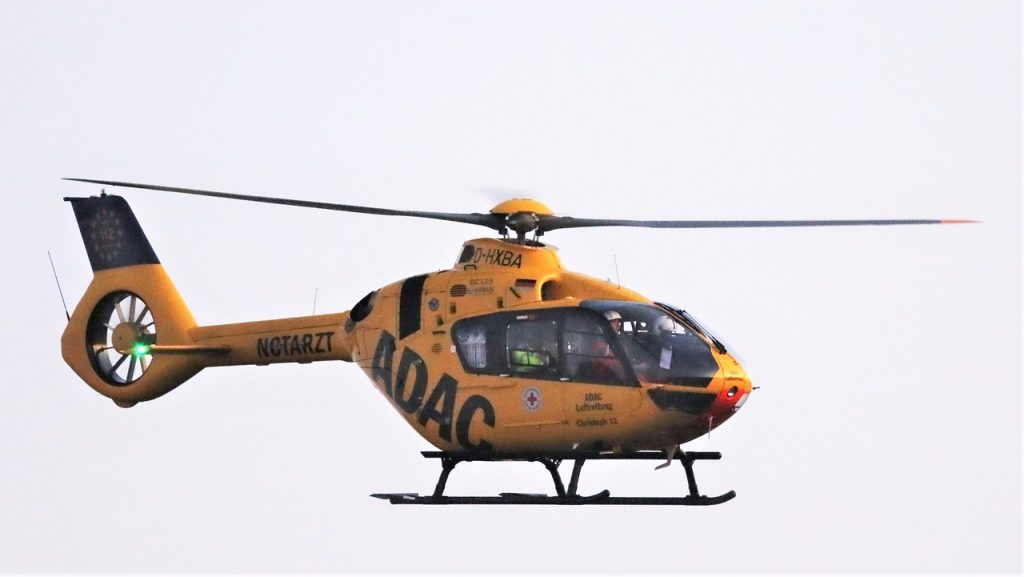
Features and Capabilities of Remote Area Air Ambulances
Air Ambulance Fleet
Remote area air ambulances maintain a diverse fleet of aircraft specifically designed and equipped for medical transportation. These aircraft vary in size and capabilities, catering to different types of emergencies and patient needs. From helicopters capable of vertical takeoff and landing to fixed-wing planes with extended flight ranges, the fleet is tailored to address the unique challenges of remote areas and provide efficient and safe transportation for patients.
Medical Equipment and Specialists
Air ambulances are equipped with specialized medical equipment to provide advanced care during transportation. These may include cardiac monitors, ventilators, defibrillators, and portable diagnostic tools. Furthermore, air ambulances are staffed by skilled medical personnel, including doctors, nurses, paramedics, and other specialists. This ensures that patients receive the highest level of care throughout their journey, from the moment they are picked up until they are transferred to a medical facility.
Advanced Life Support Systems
Remote area air ambulances are equipped with advanced life support systems to stabilize patients and provide comprehensive medical care during flight. These systems include on-board oxygen supply, medication administration, and the ability to perform advanced procedures such as intubation and cardiac resuscitation. These capabilities allow medical professionals to provide critical care while in the air, ensuring that patients’ conditions are managed effectively until they reach the appropriate medical facility.
Considerations Before Utilizing Remote Area Air Ambulances
Weather Conditions
Weather conditions play a crucial role in the safe operation of remote area air ambulances. Adverse weather, such as dense fog, heavy rain, or strong winds, can limit the ability of aircraft to take off, navigate, or land safely. Before utilizing air ambulance services in remote areas, it is essential to consider the prevailing weather conditions and their potential impact on the availability and accessibility of these services. Air ambulance providers closely monitor weather patterns and may need to delay or reroute flights to ensure the safety of patients and crew.
Patient Suitability
While remote area air ambulances are equipped to handle a wide range of medical emergencies, not all patients are suitable for air transportation. The medical condition and stability of the patient must be assessed to determine if air transportation is the safest option. Some medical conditions, such as severe respiratory distress or unstable cardiac conditions, may require alternative means of transportation. Furthermore, certain equipment, such as ventilators or intravenous drips, may need to be specially adapted for use during flight. It is crucial to consult with medical professionals to determine the suitability of air ambulance services for each individual case.
Emergency Communications
In remote areas, reliable and effective communication systems are vital for the successful operation of air ambulances. The ability to communicate with medical facilities, emergency response teams, and ground transportation services is essential for coordination and seamless transfer of patients. Remote area air ambulances are equipped with advanced communication technology, including satellite phones and data transmission systems, to ensure constant and efficient communication. However, it is important to note that in some extremely remote areas, communication may still be limited or unreliable.
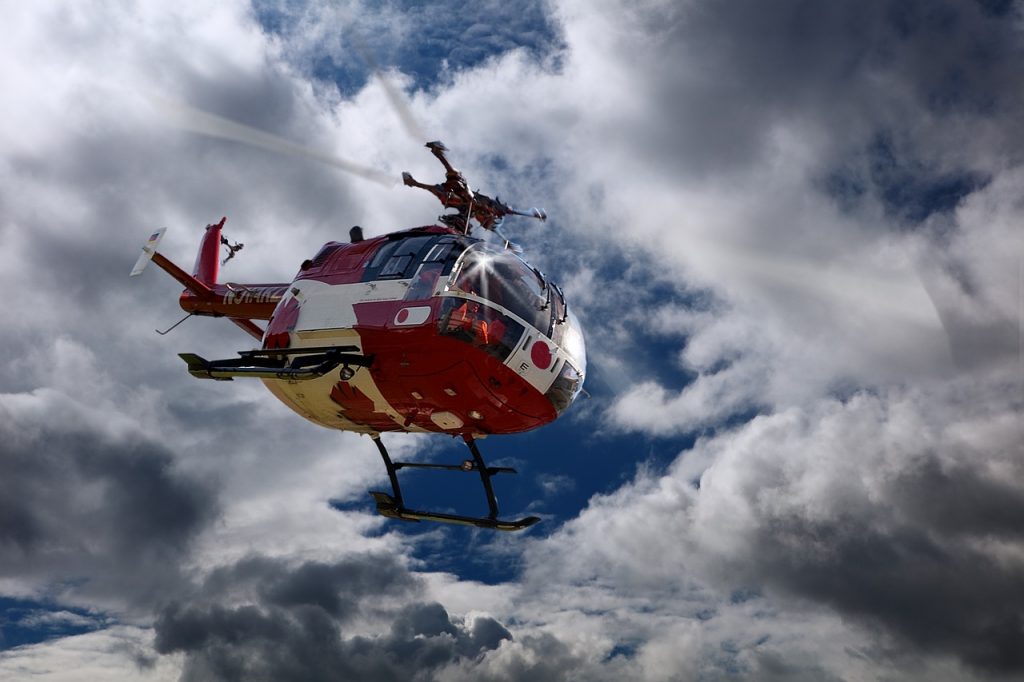
The Role of Air Ambulance Dispatch
Assessment and Coordination
The dispatch team plays a critical role in the smooth operation of remote area air ambulances. They assess the nature and severity of the medical emergency, coordinate with medical facilities and ground transportation services, and make informed decisions regarding the deployment of air ambulances. The dispatch team ensures that the appropriate resources and personnel are assigned to each mission, taking into consideration factors such as aircraft availability, patient needs, and the urgency of the situation.
Flight Planning
Flight planning is a meticulous process that involves calculating the route, fuel requirements, and potential landing sites for the air ambulance. In remote areas, where suitable landing sites may be limited, flight planning becomes even more critical. The dispatch team collaborates with aviation authorities, navigational experts, and local authorities to identify safe and accessible landing sites. Additionally, they consider factors such as airspace restrictions, weather conditions, and the availability of fuel and maintenance services along the route.
Ensuring Safety Standards
Safety is paramount in the operation of remote area air ambulances, and the dispatch team plays a crucial role in ensuring that all safety standards and regulations are adhered to. They monitor weather conditions, assess aircraft performance, and communicate with the flight crew to ensure safe operations. The dispatch team also maintains contact with medical personnel on board the aircraft to receive real-time updates on patient condition and provide any necessary guidance or support. By prioritizing safety at every step, air ambulance providers minimize risks and ensure the well-being of patients and crew.
Training and Qualifications of Air Ambulance Crew
Pilot Certification
Pilots of remote area air ambulances undergo rigorous training and certification to ensure their competency in safely operating the aircraft. They possess specialized licenses, such as Helicopter Air Ambulance (HAA) or Airline Transport Pilot (ATP) certification, which require extensive flight hours and knowledge of aeromedical operations. These certifications ensure that pilots have the necessary skills to navigate challenging environments, perform emergency maneuvers, and prioritize patient and crew safety throughout the flight.
Medical Personnel Training
The medical personnel on board remote area air ambulances undergo specialized training to effectively provide medical care during flight. Doctors, nurses, and paramedics receive additional training in aeromedical operations, including in-flight patient monitoring, advanced life support techniques, and handling emergencies in a confined and dynamic environment. This training equips medical personnel to deliver appropriate medical interventions and ensure patient stability during the flight.
Aircraft Maintenance Staff
The maintenance staff responsible for air ambulance fleets also undergo specialized training to ensure that the aircraft are safe and airworthy. They receive training in aircraft maintenance, repair, and servicing specific to the medical aviation industry. These technicians are well-versed in the unique requirements of air ambulances, such as the installation and maintenance of medical equipment, emergency systems, and aircraft modifications. Through their expertise, they ensure that the aircraft are in optimal condition to undertake critical missions.
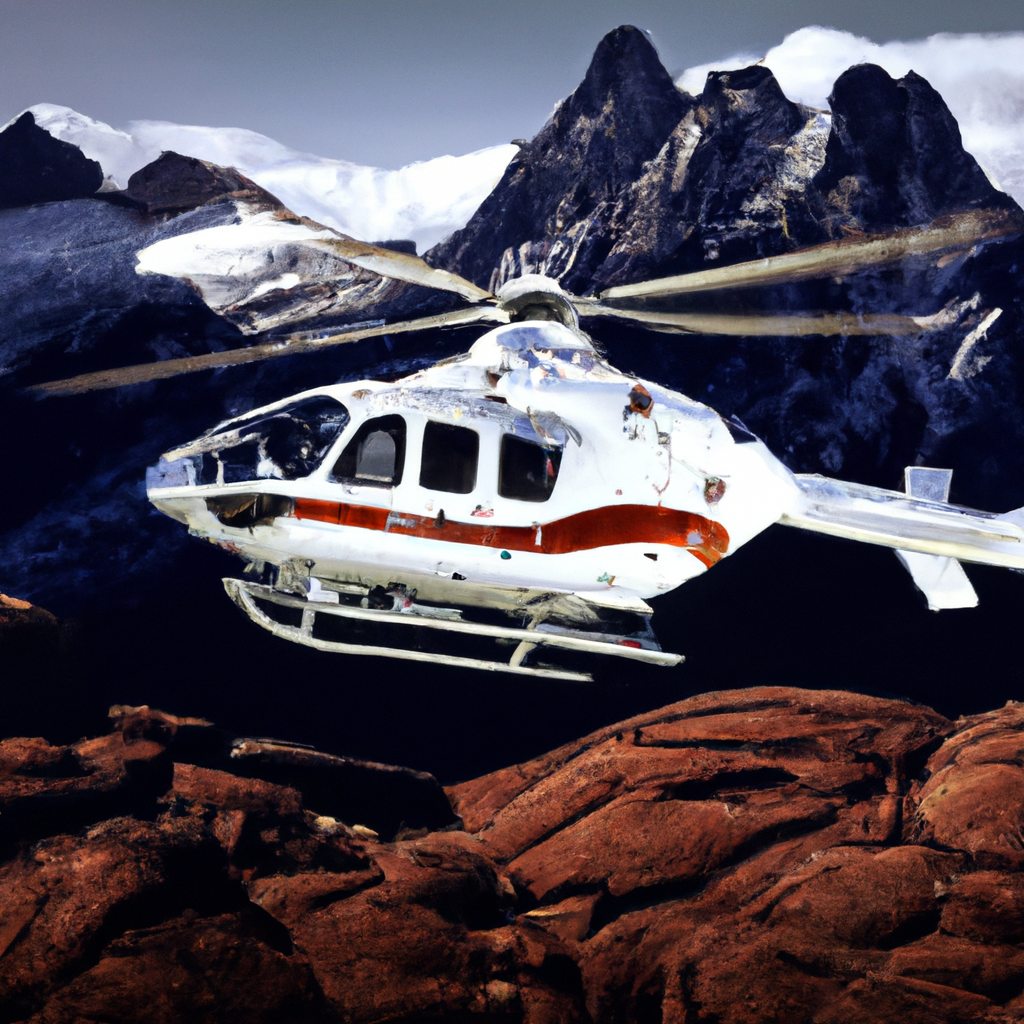
Regulatory and Legal Compliance for Remote Area Air Ambulances
Licensing and Certification
Remote area air ambulance providers are subject to stringent licensing and certification requirements to ensure compliance with regulations and industry standards. These requirements vary by jurisdiction but typically involve certifications from aviation authorities, such as the Federal Aviation Administration (FAA) in the United States or the European Union Aviation Safety Agency (EASA) in Europe. These certifications validate the airworthiness of the aircraft, the competency of the crew, and the adherence to safety protocols and procedures.
Medical Protocols and Standards
In addition to aviation regulations, remote area air ambulance providers must adhere to medical protocols and standards set by relevant medical authorities. These protocols dictate the appropriate level of care, equipment, and personnel required for different medical emergencies. Air ambulance providers work closely with medical professionals and organizations to ensure that their operations align with these protocols, guaranteeing the highest standards of medical care during transportation.
Air Traffic Regulations
Remote area air ambulance operations must also comply with air traffic regulations to ensure the safety and efficiency of their flights. These regulations govern aspects such as airspace utilization, flight routes, and communication protocols with air traffic control. In addition to national regulations, providers must also adhere to international standards set by organizations like the International Civil Aviation Organization (ICAO). Compliance with air traffic regulations prevents conflicts, ensures smooth coordination with other airspace users, and minimizes risks during flight operations.
Advancements in Remote Area Air Ambulance Technology
Improved Navigation Systems
Advancements in navigation systems have significantly enhanced the capabilities of remote area air ambulances. Global Positioning System (GPS) technology allows precise determination of the aircraft’s location, enabling accurate flight planning and route optimization. Terrain warning systems, weather radar, and turbulence detection systems provide valuable information to pilots, allowing them to navigate safely around obstacles and adverse weather conditions. These technological advancements combine to improve the reliability and efficiency of air ambulance operations in remote and challenging environments.
Enhanced Communication Technology
Effective communication is critical in remote area air ambulance operations, and advancements in communication technology have revolutionized this aspect of aeromedical services. Satellite communication systems ensure reliable connectivity even in areas with limited or no cellular coverage. This allows air ambulances to stay in constant contact with medical facilities, dispatch teams, and ground transportation services, facilitating seamless coordination and ensuring accurate transfer of critical patient information. Improved communication technology also enables telemedicine consultations, where medical professionals can remotely guide the onboard medical personnel in delivering optimal care.
Medical Monitoring and Telemedicine
Remote area air ambulances now have access to advanced medical monitoring equipment and telemedicine capabilities. High-fidelity monitors enable medical personnel to continuously assess vital signs, provide real-time feedback, and detect any changes in the patient’s condition during flight. These monitors can transmit data to medical facilities, allowing remote healthcare professionals to monitor and provide guidance on patient care. Telemedicine technology also facilitates consultations and collaboration between specialists, ensuring that patients receive the most appropriate and timely medical interventions while in transit.
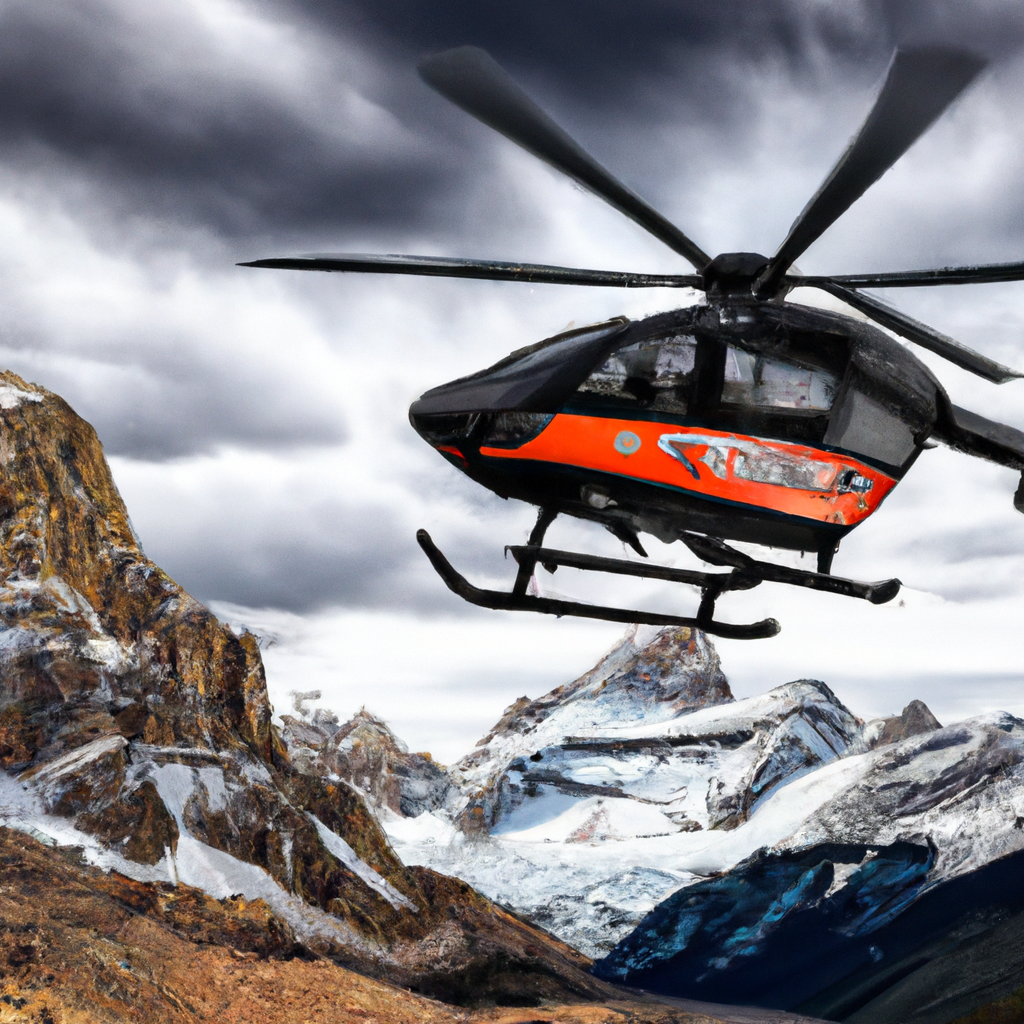
Case Studies: Successful Missions of Remote Area Air Ambulances
Life-Saving Rescues
Remote area air ambulances have been responsible for countless life-saving rescues in challenging environments. For example, in mountainous regions where treacherous terrain and limited access can pose significant obstacles, air ambulances have played a crucial role in reaching injured hikers or climbers quickly and safely. These missions often involve swift extraction from remote locations, followed by immediate medical intervention to stabilize the patients before they are transferred to an appropriate medical facility.
Emergency Pregnancy Evacuations
In remote areas where access to obstetric care may be limited, air ambulances have proven to be a lifeline for pregnant women facing emergency situations. Whether it is premature labor, pregnancy complications, or the need for specialized neonatal care, these air ambulances can rapidly transfer expectant mothers to hospitals with the necessary resources. The on-board medical teams are trained to provide essential care during the flight, ensuring the safety of both the mother and the unborn child until they reach appropriate medical facilities.
Accessing Disaster Zones
During natural disasters or other catastrophic events, remote area air ambulances are often the only means of accessing and evacuating individuals in affected areas. These air ambulances can rapidly deploy medical teams and supplies to disaster zones, ensuring immediate medical assistance for victims. They can also evacuate critically injured individuals or those in need of urgent medical attention to hospitals outside the disaster zone, ensuring they receive the necessary care in a timely manner.
Comparing Remote Area Air Ambulance Providers
Experience and Track Record
When considering remote area air ambulance services, it is essential to evaluate the experience and track record of different providers. Look for providers with a proven history of successful missions in remote locations. Consider their reputation within the medical and aviation communities, as well as any testimonials or reviews from past clients. A provider with extensive experience in operating in remote areas is likely to have robust protocols, well-trained personnel, and efficient coordination systems in place.
Availability and Coverage
The availability of remote area air ambulance services and their coverage area is another crucial factor to consider. Look for providers that have a wide network and can respond promptly to emergencies in various remote locations. Assess the availability of aircraft dedicated to remote area operations, ensuring that they have the capacity to respond to multiple emergencies simultaneously. Providers that offer 24/7 availability and rapid deployment will be better equipped to handle urgent situations in remote areas.
Pricing and Insurance
Pricing and insurance considerations are vital when accessing remote area air ambulance services. While prices may vary based on several factors, including distance, aircraft type, and medical requirements, it is important to understand the cost structure and inquire about any additional charges or fees. Additionally, check if the provider accepts your insurance plan or if they offer direct billing to insurance companies. Understanding the financial aspect of utilizing air ambulance services is crucial to avoid any unexpected financial burdens during a medical emergency.
In conclusion, remote area air ambulances play a vital role in providing timely medical assistance, accessing remote areas, and saving lives in critical situations. With their specialized fleet, advanced medical equipment, and highly trained personnel, air ambulances are well-equipped to handle the unique challenges of operating in remote locations. Before utilizing these services, it is essential to consider factors such as weather conditions, patient suitability, and emergency communications. The role of air ambulance dispatch, training and qualifications of the crew, as well as regulatory compliance, ensure the safety and efficacy of these operations. Advancements in technology have further enhanced the capabilities of remote area air ambulances, enabling improved navigation, communication, and medical monitoring. Case studies highlight the successful missions of air ambulances in various situations, while comparing different providers allows individuals to make informed decisions based on experience, availability, coverage, pricing, and insurance considerations.
